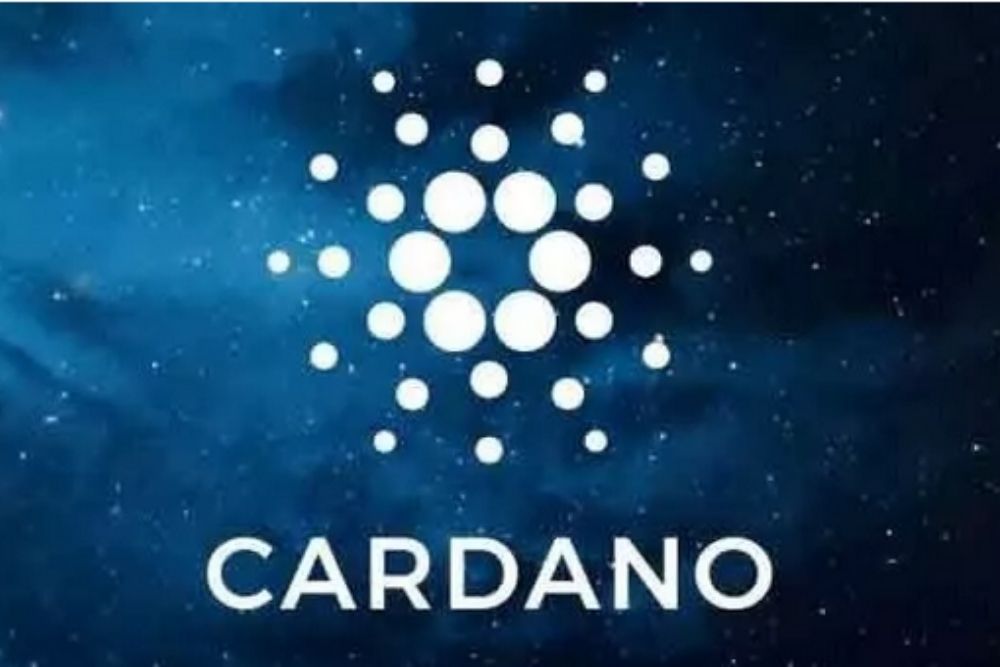With the aim of adopting the smart contract functionality on rival blockchain, Ethereum, Cardano set out to launch the Alonzo mainnet. The testnet began in May and has made significant progress, arriving at the ‘purple’ phase which precedes two brief phases (Alonzo Red and Black) before the actual mainnet. The Purple phase comes with higher functions and increased capacity to accommodate more users.
The latest announcement was made by Cardano’s parent company, Input Output Hong Kong (IOHK) on Friday. Cardano’s Alonzo testnet will herald the close of the Goguen epoch, which consists of scaling projects lined up for the network. The testnet’s arrival at the ‘Purple’ phase inches the network closer to a smart contract functionality that will instigate a sporadic growth for Cardano’s ecosystem.
Cardano to Rival Ethereum with Alonzo
At present, Cardano remains the number-one rival to the Ethereum network, which is yet to attain Proof-of-Stake status. Cardano is currently a proof-of-stake blockchain, but attaining a smart contract feature may likely place it above the largest altcoin by market cap.
With the latest announcement, the testnet is now public and open to a wide range of users unlike the last two testnets (Alonzo Blue and White), which had only 50 and 500 users capacity, respectively. Thus, members of the Plutus pioneer program, staking pool operators and crypto exchanges now have unrestricted access to the testnet.
Alonzo mainnet is expected to be fully deployed by late August and early September. According to Cardano’s founder, Charles Hoskinson, the testnet will span five months beginning from May, with the hard fork combinator scheduled for complete deployment by September. Also, Cardano will decide the main node participants for the hard fork combinator event.
Cardano Partners with Lending Protocol, Nexo Finance
To provide more utility for its native token $ADA, in July, Cardano partnered with Nexo Finance, a decentralized lending and borrowing protocol. The partnership will provide the Cardano community members with numerous options for their ADA tokens, rather than just buying and selling. In addition, they can use the tokens to borrow other crypto assets on the protocol.
Earlier in June, Cardano entered a cross-chain agreement with another blockchain, Nervos such that holders of the ADA token can swap it for Nervos’ native token $CKB via a wrapping feature. As of July, staking addresses across ADA pools on various protocols multiplied by 50,000. By August, the numbers had amazingly increased to a whopping 660,000 addresses. The imminent smart contract functionality is reported to have contributed to the massive increase.
Meanwhile, asset manager Grayscale recently jacked up its Multicap fund with an $ADA addition. As such, the token ranks as third-largest in the Fund trailing behind the foremost, Bitcoin and Ethereum. While Bitcoin accounts for almost 70% and Ethereum about 25%, ADA holds less than 10% in Grayscale’s Multicap Trust.
